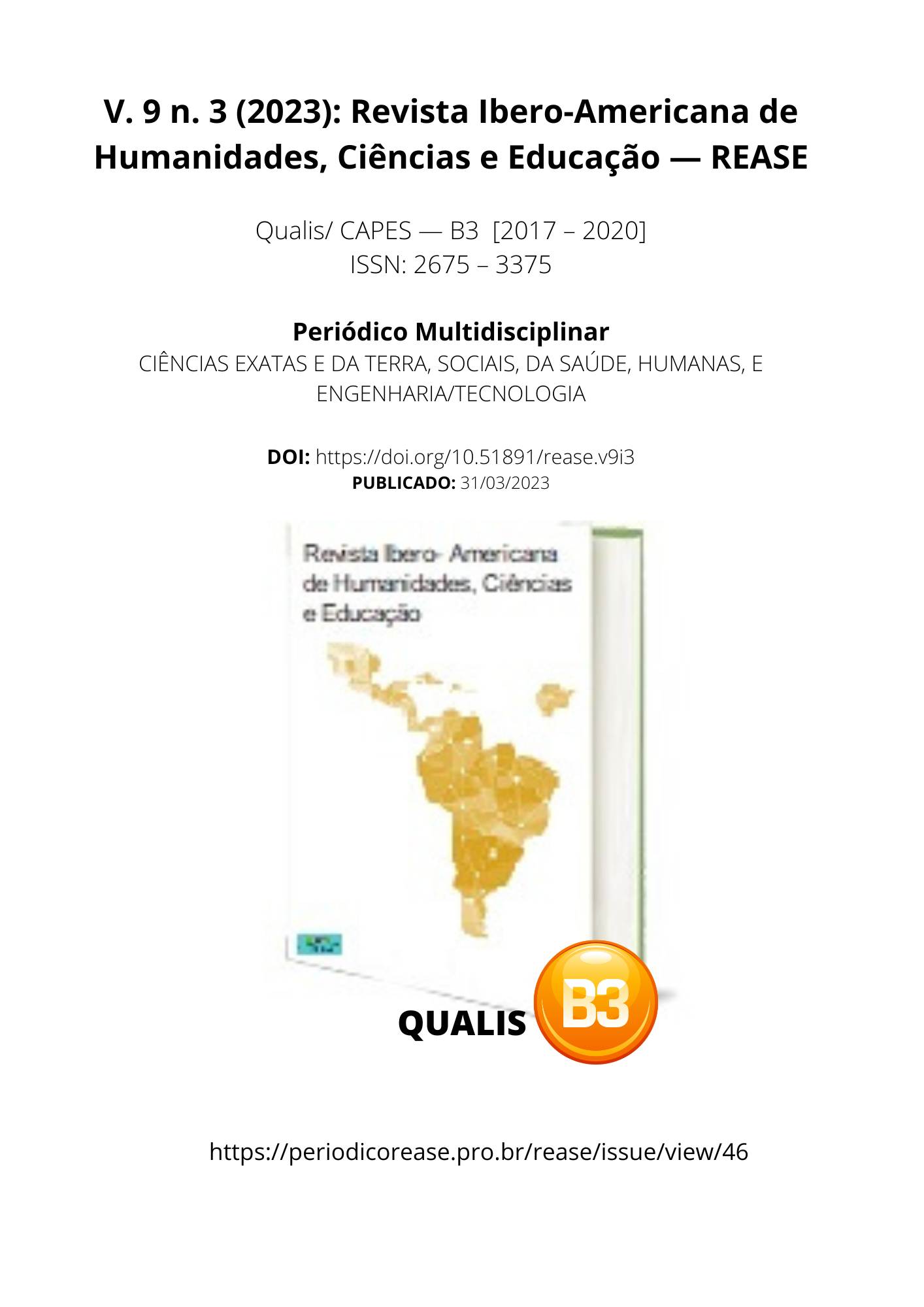THE IMPACT OF CHARCOAL MINING ON MIOMBO FOREST IN THE LOCALITY OF CASSOÇO, MUNICIPALITY OF CELA
DOI:
https://doi.org/10.51891/rease.v9i3.8725Keywords:
Itinerant Agriculture. Charcoal production. Forest management. Cassoço.Abstract
In recent years Angola has experienced an alarming rate of deforestation caused by various anthropogenic practices, such as burning, agriculture, domestic fuel exploitation and wood production. The present work aimed to evaluate the impact that the production of charcoal has on the ecosystems of the locality of Cassoço, Municipality of Cela, Kwanza Sul Province. The same took place in the period April to September 2021. For the accomplishment of the research, Snowball, analytic-synthetic, inductive-deductive, historical-logical, mathematical and statistical methods were used, combining the techniques of interview, participant observation, inventory and photographs. Thirty informant interviews were carried out with peasants and charcoal workers, whose ages ranged from 19 to 45 years old. The work revealed that in the Cassoço ecosystem, charcoal exploitation causes a negative impact. In this locality 23 charcoal-producing ethnospecies are used preferentially, with emphasis on the genus Brachystegia, belonging to the Fabacea family. In a sustainable way the admissible annual cut would be 4476.78 trees/ha and 775.2 for the next five years, but this is not what was found. For charcoal production, small and large kilns are traditionally used, with a volume of 22.5 m3 and 125 m3 respectively. These ovens have economic values of 36,650 to 203,600 Kwanza respectively, values which do not justify the amount of wood used for charcoal production.
Downloads
Downloads
Published
How to Cite
Issue
Section
Categories
License
Atribuição CC BY

